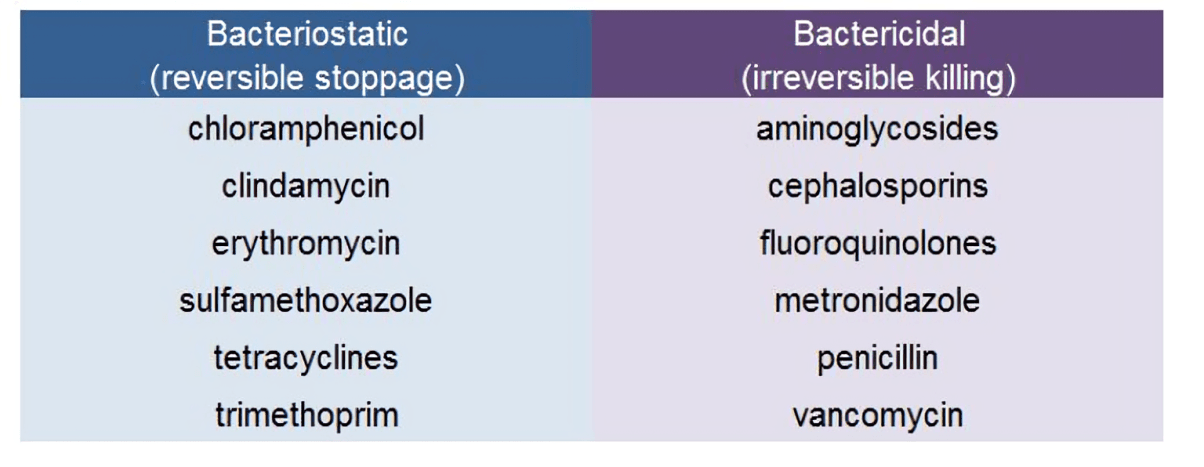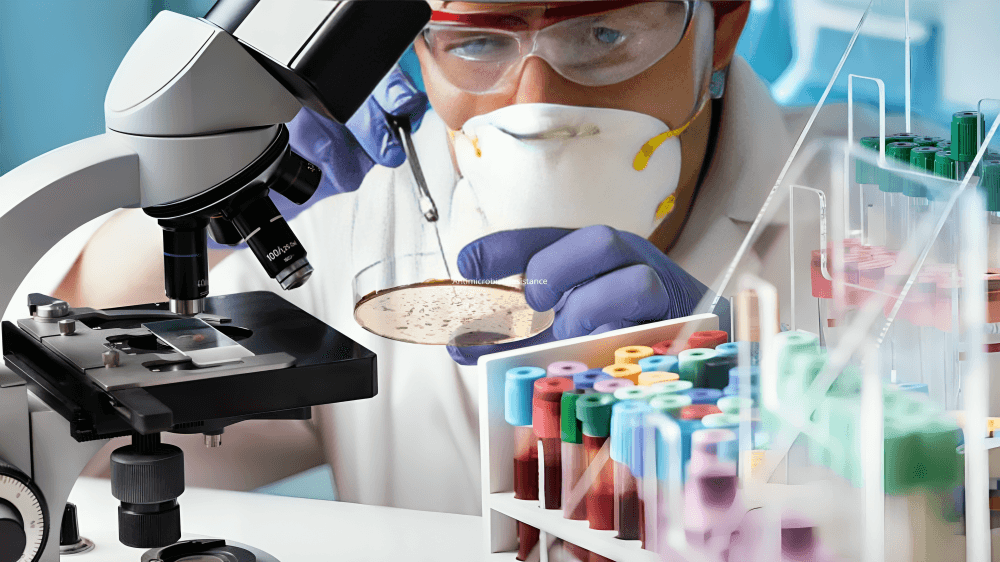
“
Understanding how antibiotics work and when to use them is crucial for effective treatment and combating antibiotic resistance. Antibiotics are powerful medications designed to treat bacterial infections by either killing bacteria or inhibiting their growth. 1
1
”
Ancient Greek physician Hippocrates stressed using natural remedies wisely to treat infections, laying the groundwork for today’s responsible use of antibiotics in modern medical practice. 1
Antibiotics specifically target bacteria and are ineffective against viruses, which means they should never be used to treat viral illnesses like colds or the flu to avoid misuse. 2

There are two primary types of antibiotics: bactericidal, which actively kill bacteria, and bacteriostatic, which prevent bacteria from multiplying so the immune system can eliminate the infection.
Penicillin, discovered by Alexander Fleming in 1928, was the first true antibiotic that dramatically changed medicine by effectively treating many bacterial infections that were once fatal. 3
Using antibiotics unnecessarily, such as for viral infections or minor ailments, encourages the development of antibiotic-resistant bacteria, making future infections much more difficult to cure. 4
Antibiotics can disrupt the natural balance of beneficial bacteria, especially in the gut, often leading to side effects like diarrhea; taking probiotics can help restore this balance. 5
Some bacteria produce enzymes, such as beta-lactamase, that break down antibiotics like penicillin, rendering them ineffective and contributing to the global problem of antibiotic resistance. 6
Physicians carefully evaluate symptoms and test results to decide when antibiotics are truly needed, avoiding unnecessary prescriptions that contribute to resistance and other health risks. 7
It is essential to complete the entire prescribed antibiotic course, even if symptoms improve early, to ensure all harmful bacteria are destroyed and resistance does not develop. 8

Different antibiotics target specific types of bacteria; for example, tetracyclines are often used for acne, while macrolides are preferred for certain respiratory infections due to their effectiveness.
Antibiotics can cause side effects ranging from mild allergic reactions to severe complications, so patients must promptly report any unusual symptoms to their healthcare providers. 9
The widespread use of antibiotics in livestock farming contributes to the rise of resistant bacteria that can spread to humans, posing serious public health concerns. 10
Hospitals implement antibiotic stewardship programs to monitor and promote responsible antibiotic use, helping reduce resistance and improving patient outcomes across healthcare settings. 11
Broad-spectrum antibiotics attack a wide variety of bacteria but risk higher resistance; narrow-spectrum antibiotics are preferable when the specific bacteria causing infection are identified. 12
Globally, overuse and misuse of antibiotics have led to a major health crisis, with resistant infections causing millions of deaths annually and increasing healthcare costs dramatically. 13
Sharing antibiotics or using leftover medications can lead to ineffective treatment and increased resistance, so antibiotics should only be taken as prescribed by a healthcare professional. 14

Laboratory tests help doctors select the most appropriate antibiotic, improving treatment success and minimizing the chance of resistance by targeting the exact bacteria causing infection.
Dosage adjustments are necessary for children and elderly patients because their metabolism and kidney function differ, which affects how antibiotics are processed in their bodies. 15
Philosopher René Descartes promoted scientific inquiry and critical thinking, principles that underpin modern medicine’s rigorous research and cautious approach to developing and using antibiotics safely. 16
Ongoing medical research focuses on developing new antibiotics and alternative treatments to combat evolving resistant bacteria, ensuring effective infection control for future generations. 17


